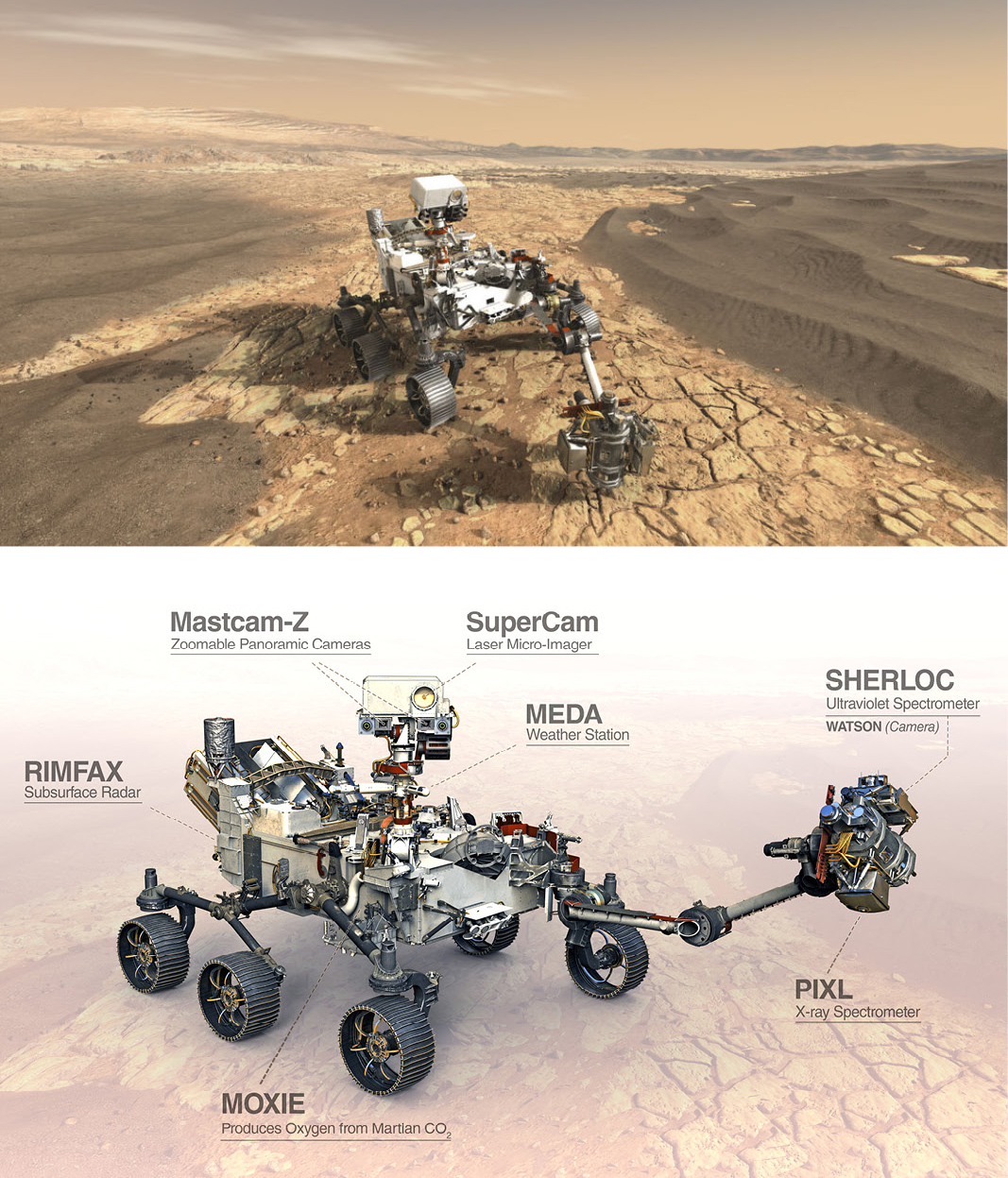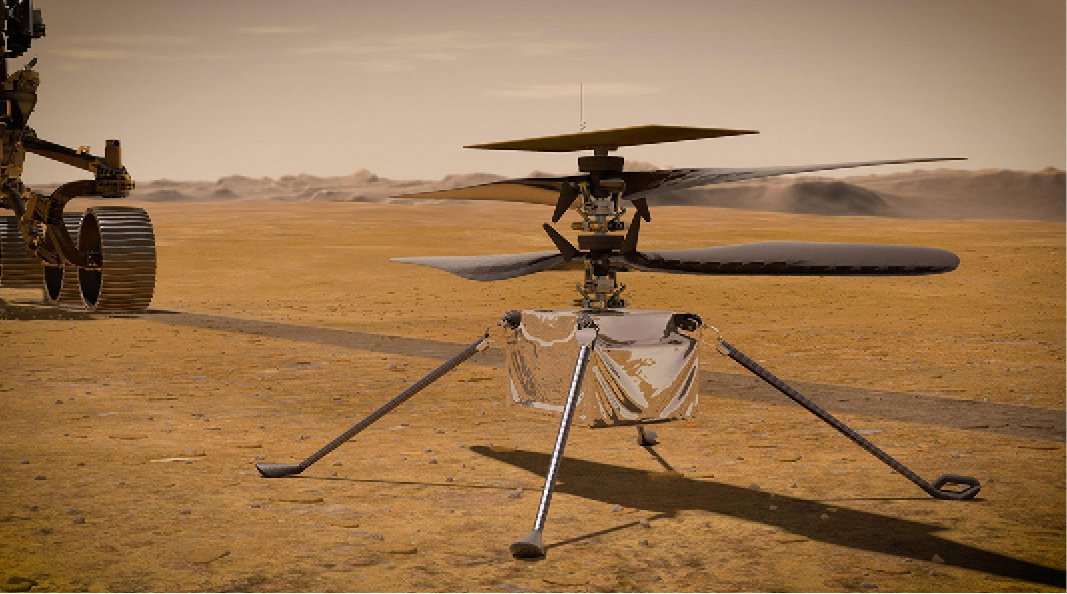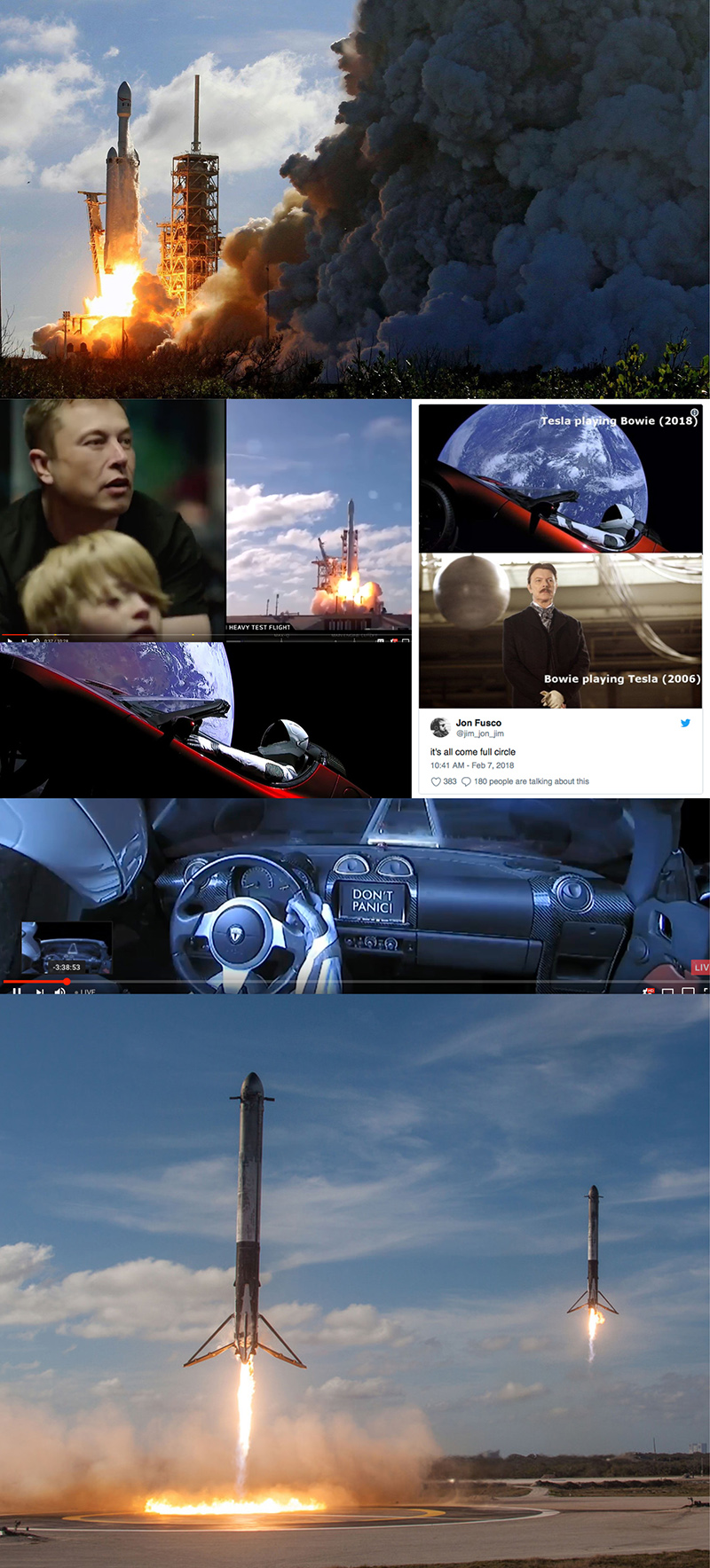BRAVO ON PIA JOB!

Exploring space is cool!!! Humans of all ages have been wondering what’s out there for a very long time. If you can’t physically be there, a super high-powered telescope in space is the next best thing. When the James Webb Space Telescope is fully deployed in June, we’re going to be in for some really interesting info. IMAGES: (second from top) The Hubble Telescope; (third from top) Rendering of the James Webb Space Telescope being deployed; (fourth from top) Size comparison of adult human to the Hubble mirror to the Webb mirror; (fifth from top) rendering of the Webb telescope fully deployed. (bottom left) The Webb logo; (bottom right) My logo. :))))
Happy New Year to all. Hope you had a fun and safe holiday break – I sure did! Over the past few weeks, I’ve been geeking out a bit, and following the amazing story and success of the James Webb Space Telescope (JWST). Talk about a PIA Job! – a project that began over 25 years ago and will exceed $10B in costs. Think about the logistics, planning, coordination, problem solving, creativity, and final solutions – (I thought the rover on Mars was something, until I learned more about this project). Several thousand scientists, engineers, and technicians spanning 15 countries have contributed to JWST – a total of 258 companies, government agencies, and academic institutions are participating in the project; 142 from the United States, 104 from 12 European countries, and 12 from Canada (so glad I’m not in the accounting dept for this one). Solving PIA Jobs! is at the heart of everything here at KHT. Our ongoing “mission” is to recruit and train our teams to not only perform their jobs, but to also bring a fresh perspective of problem solving and creativity to the job. While our solutions are not “cosmic” they often follow the same pattern – challenge, experiment, trial and error, test, solve, engineer, produce and deliver. Hats off to the amazing engineers, project managers, builders and thinkers on the JWST project – we marvel at what’s been accomplished so far and look forward to seeing the amazing images. Here’s just a bit of information on the project – be sure to click on the links that can take you further into the story – NASA and Space.com really have this tracked and covered. And thanks to wikipedia.com, youtube.com, webbtelescope.org and iflscience.com for the info and links.
Cool Deployment Video (Filmed from Ariane 5’s upper stage, the video was transmitted in near real-time during the launch on Christmas Day)
Neil deGrasse Tyson Explainer Video
What is the James Webb Space Telescope?
The JWST a space telescope developed by NASA with contributions from the European Space Agency (ESA), and the Canadian Space Agency (CSA) named after James E. Webb, who was the administrator of NASA from 1961 to 1968 and played an integral role in the Apollo program. It is designed to provide improved infrared resolution and sensitivity over the Hubble telescope, and will enable a broad range of investigations across the fields of astronomy and cosmology, including observations of some of the most distant events and objects in the Universe such as the formation of the first galaxies, and detailed atmospheric characterization of potentially habitable exoplanets.
When was the James Webb Space Telescope launch and how long to reach orbit?
Webb launched at 7:20 a.m. EST (1220 GMT) on December 25, 2021. Webb travels for about a month to reach its orbit at the second Sun-Earth Lagrange point (L2), 1.5 million kilometers (940,000 miles) from Earth.
How big is the Webb telescope?
The sunshield dimensions are 21.2 by 14.2 meters (69.5 by 46.5 feet) and the height of the entire observatory is 8 meters (28 feet).
How does Webb deploy in space?
Webb’s deployment in space involves unfolding the sunshield and mirrors, a process that must be carefully conducted over nearly a month. The sequence is best explained visually in this deployment animation.
What is the size of Webb’s mirror?
Webb’s segmented primary mirror has a diameter of 6.6 meters (21.7 feet). Each of the 18 segments is 1.32 meters (4.3 feet) across. The area of the mirror is approximately 25 square meters (270 square feet) and the mass is 705 kilograms (1,550 pounds on Earth).
Why does Webb need a sunshield?
To accurately and precisely detect faint infrared light from distant objects in the universe, Webb must be shielded from the strong infrared light emanating nearby from the Sun, Earth, and Moon. The sunshield’s five layers block the light from these nearby objects.
How is Webb powered?
The Webb telescope is powered by an on-board solar array. It also has a propulsion system to maintain the observatory’s orbit and attitude. The solar array provides 2,000 watts of electrical power for the life of the mission, and there is enough propellant onboard for at least 10 years of science operations.
What is the destination for Webb?
By the end of January 2022, the telescope is set to reach its final destination – L2, the second Lagrangian Point, around 1.5 million kilometers (932,056 miles) from Earth. This is significantly further from Earth than its predecessor, the Hubble Space Telescope, which orbited just 547 kilometers (340 miles) above Earth.
Which cameras (instruments) are on the Webb telescope and what do they do?
Webb has four scientific instruments, the Near-Infrared Camera (NIRCam), the Near-Infrared Spectrograph (NIRSpec), the Near-Infrared Imager and Slitless Spectrograph (NIRISS), and the Mid-Infrared Instrument (MIRI). Each of these instruments uses infrared detectors to capture light from distant astronomical sources.
How much data will Webb transmit each day?
Webb can downlink at least 57.2 gigabytes of recorded science data each day, with a maximum data rate of 28 megabits per second.
How are Webb’s mirrors aligned after the rigors of launch?
The primary mirror segments and secondary mirror are moved by six actuators that are attached to the backs of the mirrors. The primary segments have an additional actuator at the center of the mirror to adjust their curvature. Those seven spots are adjustable to align the 18 segments of the primary mirror to each other, and adjust the primary and secondary mirrors to the fixed tertiary mirror and the instruments.
How much gold is used to make the Webb telescope?
A little more than 48 grams of gold are used in the Webb mirror. This is equivalent to the mass of a golf ball, which would fill a volume the size of a marble. This gold is a thin (100 nanometers) layer that is vacuum vapor deposited on each of the 18 primary mirror segments and the single secondary mirror. Gold is a highly reflective material at infrared wavelengths, helping to focus light from distant objects onto Webb’s sensitive instruments.
How much of the sky can Webb see?
Over the course of six months, as Webb orbits the Sun with Earth, it has the ability to observe almost any point in the sky. Webb’s field of regard is limited to a 50-degree swath of the celestial sphere: About 39% of the sky is potentially visible to Webb at any given time. Because Webb must face away from objects that are warm and close enough to interfere with its ability to observe faint infrared light, it cannot observe the Sun, Mercury, Venus, Earth, or the Moon.
When will we see the first images from Webb?
After reaching its orbit, Webb undergoes science and calibration testing. Then, regular science operations and images will begin to arrive, approximately six months after launch. However, it is normal to also take a series of “first light” images that may arrive slightly earlier.
Who was James Webb?
The Webb telescope is named after James E. Webb (1906–1992), NASA’s second administrator. James Webb is best known for leading Apollo, the series of exploration programs that landed the first humans on the Moon. He also initiated a vigorous space science program that was responsible for more than 75 launches during his tenure, including America’s first interplanetary explorer spacecrafts. Read more about the life and impact of James Webb.
Which areas of science will Webb explore?
Webb will explore: Early Universe, Galaxies Over Time, The Star Lifecycle, Other Worlds
::::::::::::::::::::::::::::::::::::::::::::::::::::::::::::::::::::::::::::::::::::::::::
DO YOU LIKE CONTESTS?
Me, too.
As you may know the Kowalski Heat Treating logo finds its way
into the visuals of my Friday posts.
I. Love. My. Logo.
One week there could be three logos.
The next week there could be 15 logos.
And sometimes the logo is very small or just a partial logo showing.
But there are always logos in some of the pictures.
So, I challenge you, my beloved readers, to count them and send me a
quick email with the total number of logos in the Friday post.
On the following Tuesday I’ll pick a winner from the correct answers
and send that lucky person some great KHT swag.
So, start counting and good luck!
Oh, and the logos at the very top header don’t count.
Got it? Good. :-))))
Have fun!!
::::::::::::::::::::::::::::::::::::::::::::::::::::::::::::::::::::::::::::::::::::::::::






